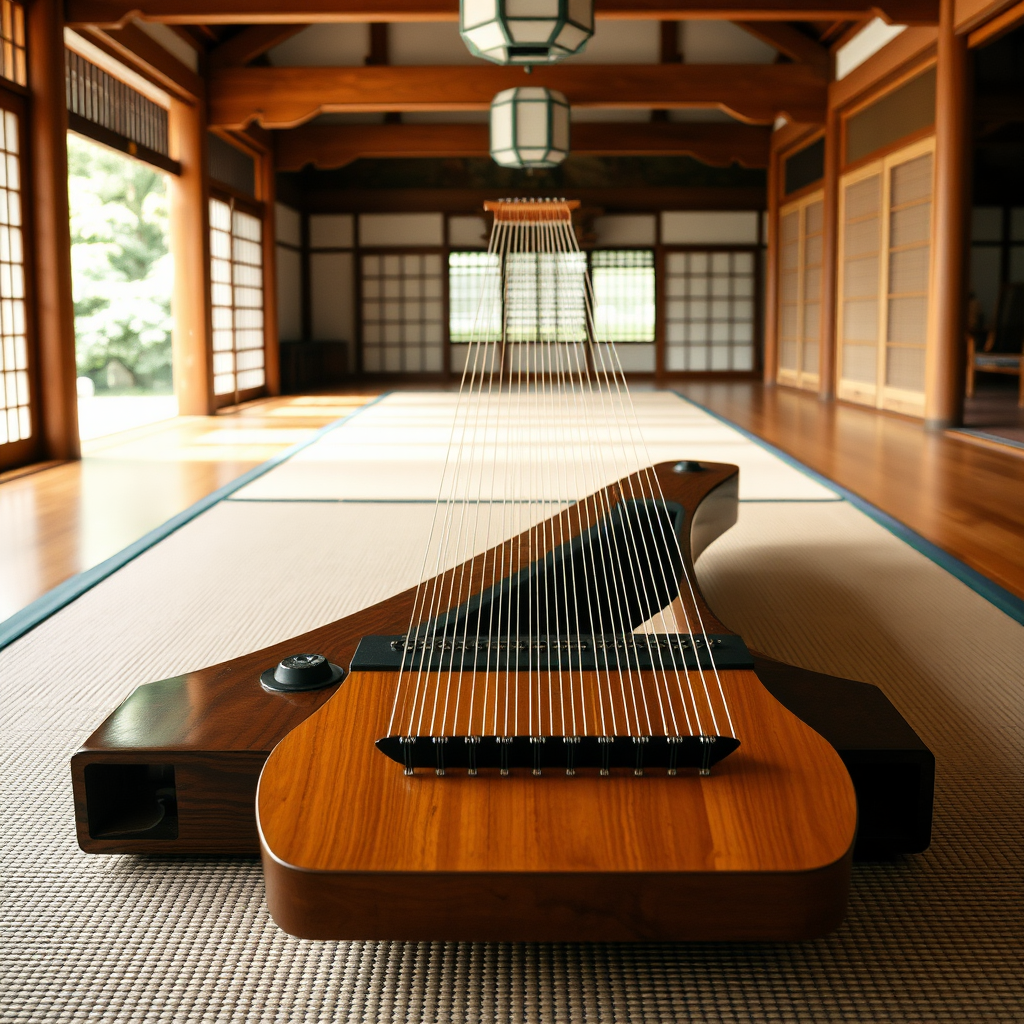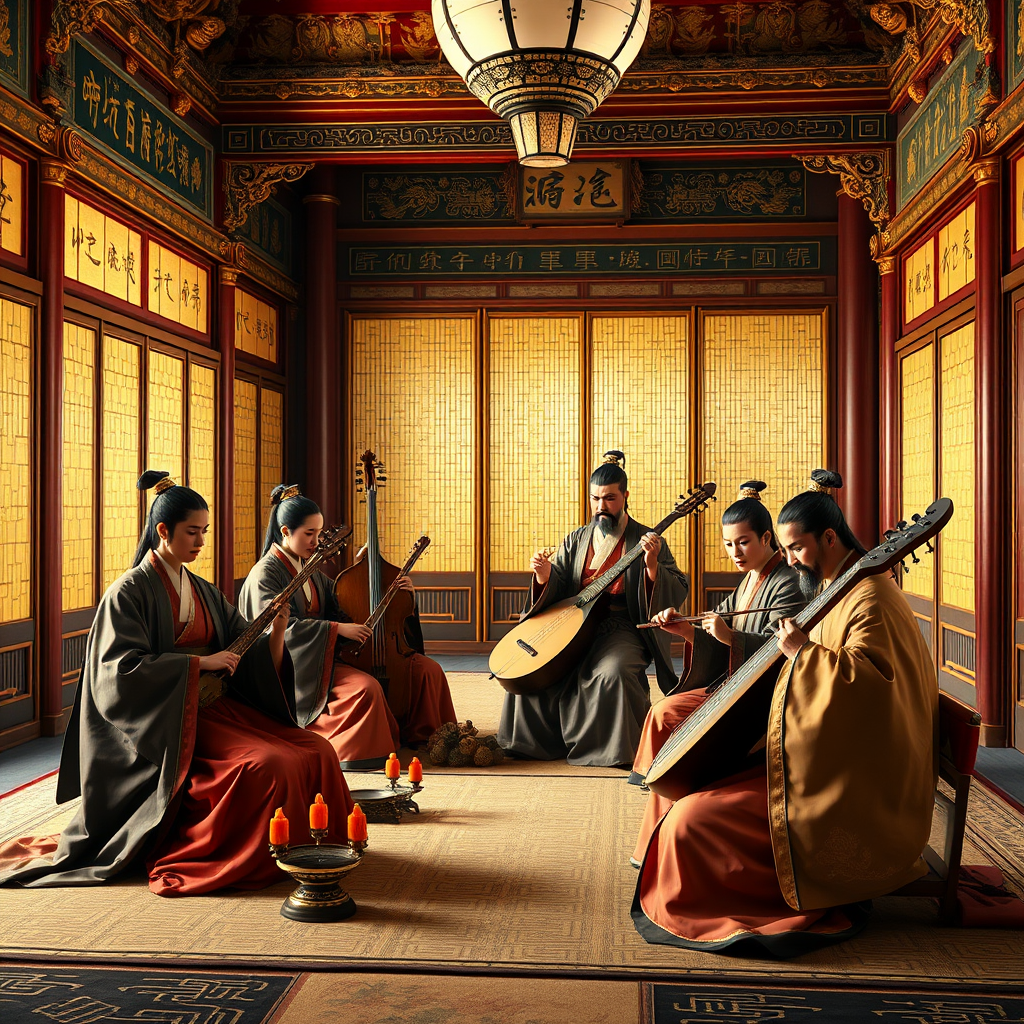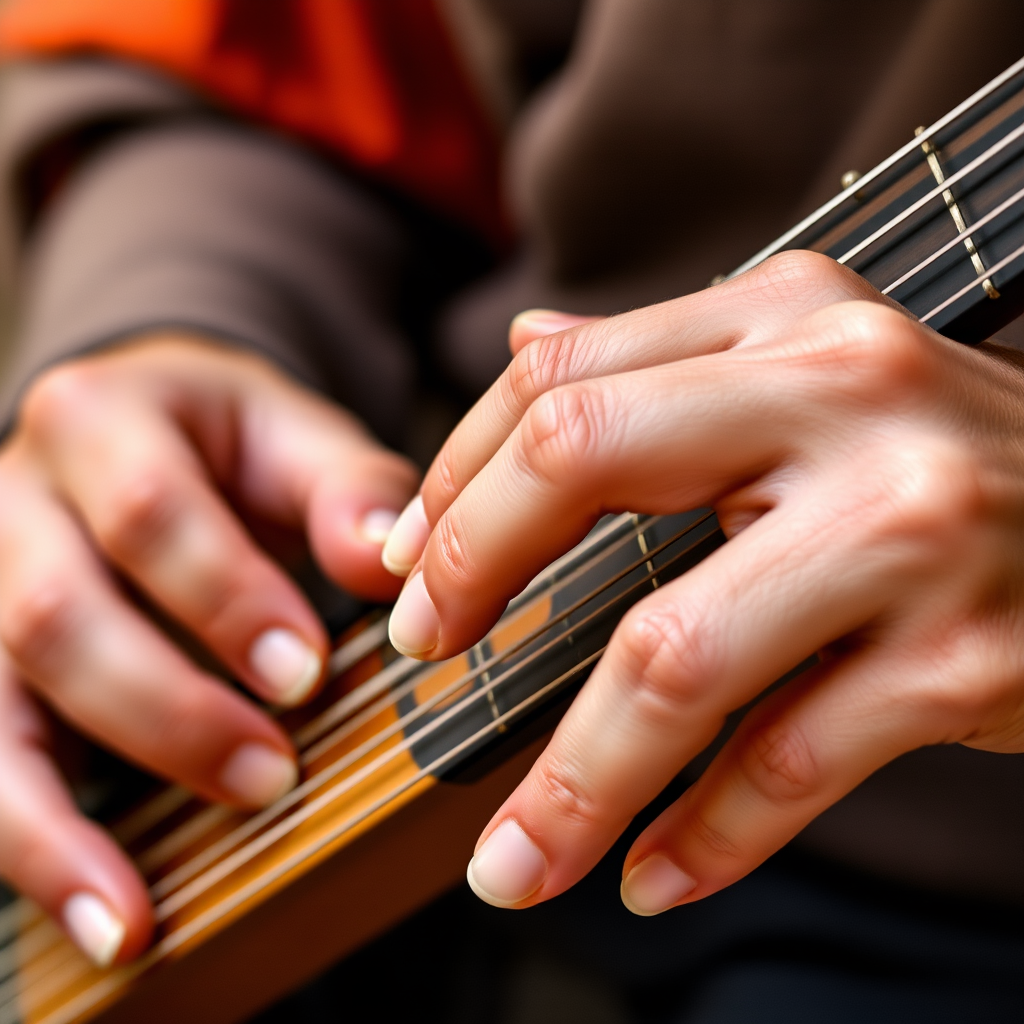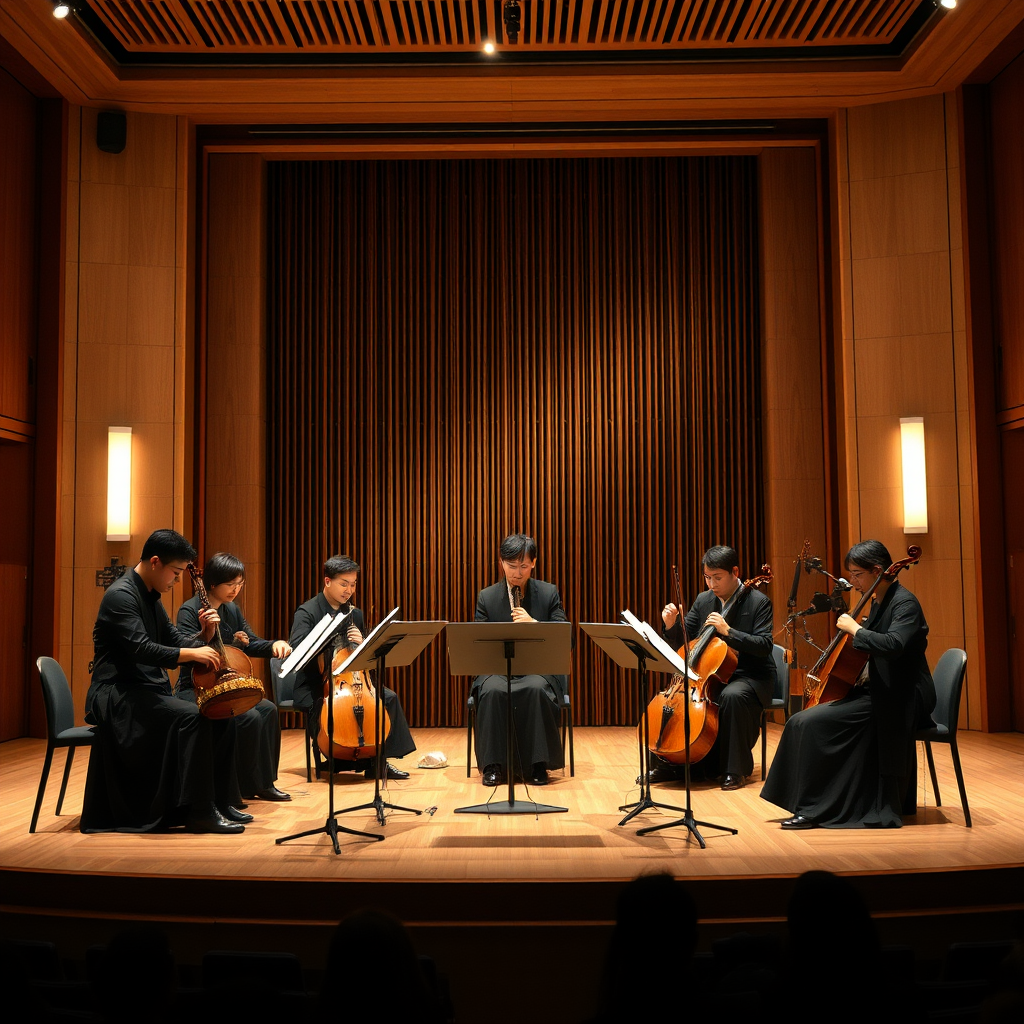Koto Melodies: A Journey Through Japan's String Heritage

The Imperial Origins of Japan's National String Instrument
The koto, with its distinctive 13 strings stretched across a wooden soundboard, has been the cornerstone of Japanese classical music for over a millennium. Originally introduced from China during the Nara period (710-794), this remarkable instrument found its true voice within the imperial courts of ancient Japan, where it became an essential element of court music and cultural refinement.
Unlike Western string instruments, the koto produces its ethereal sound through plucking techniques that have been refined over centuries. Each string is supported by a movable bridge called a "ji," allowing musicians to create the subtle microtonal variations that give Japanese classical music its distinctive character. The instrument's construction from paulownia wood contributes to its warm, resonant tone that has captivated audiences for generations.

Master Players and the Evolution of Koto Artistry
The legacy of koto mastery spans centuries, with legendary figures like Yatsuhashi Kengyo (1614-1685) revolutionizing the instrument's role in Japanese music. Known as the "father of modern koto music," Yatsuhashi transformed the koto from a court accompaniment instrument into a solo performance medium, creating compositions that remain central to the koto repertoire today.
In the modern era, masters like Michio Mamiya and Tadao Sawai have bridged traditional techniques with contemporary musical expression. Their innovative approaches have demonstrated how classical music traditions can evolve while maintaining their cultural authenticity. These artists have shown that music therapy principles can be naturally integrated into koto practice, as the instrument's meditative qualities promote mental well-being and emotional balance.
Contemporary koto virtuosos continue this tradition of innovation, incorporating elements from various musical genres while respecting the instrument's classical foundations. Their performances showcase how traditional Japanese music can engage modern audiences while preserving its spiritual and therapeutic essence.
Traditional Playing Techniques and Musical Expression
Mastering the koto requires understanding a complex vocabulary of playing techniques, each with its own name and specific sound character. The basic plucking technique, called "tsume," involves wearing ivory or plastic picks on the thumb, index, and middle fingers of the right hand. The left hand manipulates the strings behind the bridges to create pitch bends, vibrato, and other expressive effects.

Advanced techniques include "oshi-hanashi" (pressing and releasing strings), "chirashi" (rapid arpeggios), and "tremolo" effects that create the shimmering soundscapes characteristic of classical music performances. These techniques require years of dedicated practice to master, reflecting the deep discipline inherent in Japanese musical traditions.
The therapeutic aspects of koto playing have been recognized for centuries, with practitioners noting how the instrument's resonant frequencies and meditative playing postures contribute to stress reduction and mental clarity—principles that align with modern music therapy approaches.
Contemporary Koto: Bridging Tradition and Innovation
Today's koto composers and performers are creating exciting new works that honor traditional foundations while exploring contemporary musical languages. Modern compositions often incorporate extended techniques, electronic processing, and cross-cultural collaborations that demonstrate the instrument's versatility and continued relevance in classical music circles worldwide.
The integration of koto music into therapeutic settings has gained recognition in recent years, with music therapy practitioners utilizing the instrument's calming properties in clinical and wellness environments. The koto's ability to produce both rhythmic patterns and flowing melodic lines makes it particularly effective for meditation, stress relief, and emotional healing.

Experiencing Live Koto Performances in Tokyo
Tokyo offers numerous opportunities to experience the beauty of live koto performances, from intimate recitals in traditional settings to grand concerts in modern venues. The National Theatre of Japan regularly features koto performances as part of their classical music programming, while smaller venues in districts like Asakusa and Ueno provide more intimate encounters with this ancient art form.
For those seeking a deeper connection with koto music, several Tokyo institutions offer workshops and classes where visitors can learn basic techniques and experience the meditative qualities of the instrument firsthand. These educational programs often incorporate elements of music therapy, helping participants understand how traditional Japanese music can contribute to personal well-being and cultural appreciation.
The seasonal concert series at venues like Suntory Hall and Tokyo Opera City frequently feature koto performances, often paired with other traditional instruments or contemporary ensembles. These performances demonstrate how classical music traditions continue to evolve while maintaining their essential character and therapeutic benefits.

The Therapeutic Power of Koto Music
Research in music therapy has increasingly recognized the unique benefits of koto music for mental health and emotional well-being. The instrument's resonant frequencies, combined with the meditative nature of its playing techniques, create an ideal environment for stress reduction and mindfulness practice. Many practitioners report that regular engagement with koto music helps develop patience, concentration, and emotional regulation.
The physical aspects of koto playing—the precise finger movements, controlled breathing, and upright posture—contribute to its therapeutic value. These elements work together to create a holistic experience that benefits both mind and body, making koto practice an effective complement to traditional music therapy approaches.
In clinical settings, recorded koto music has been used successfully to create calming environments for patients undergoing various treatments. The instrument's ability to produce both gentle, flowing melodies and more structured rhythmic patterns makes it versatile for different therapeutic applications, from anxiety reduction to cognitive stimulation in elderly care.
Preserving Heritage for Future Generations
The continuation of koto traditions depends on dedicated teachers, students, and cultural institutions working together to preserve and transmit this invaluable musical heritage. Educational programs in schools and universities across Japan ensure that young people have opportunities to engage with their classical music traditions, while international exchange programs help spread appreciation for koto music worldwide.
Modern recording technology and digital platforms have made koto music more accessible than ever before, allowing people around the world to discover its beauty and therapeutic benefits. These technological advances complement traditional teaching methods, creating new pathways for cultural transmission and musical education.
The future of koto music lies in this balance between preservation and innovation, maintaining the instrument's essential character while allowing for creative evolution. As interest in music therapy and mindfulness practices continues to grow globally, the koto's unique combination of artistic beauty and therapeutic value positions it as an increasingly relevant voice in our contemporary musical landscape.
Experience the timeless beauty of Japan's musical heritage through the enchanting sounds of the koto